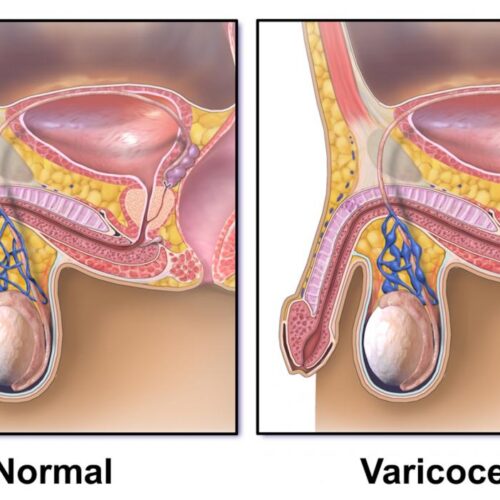STRICTURE URETHRA
STRICTURE URETHRA
A urethral stricture is scar tissue that causes your urethra to narrow. The scar tissue may develop from an injury, sexually transmitted infection or as a side effect of treatment for another condition. The most common symptom is a weak or slow pee stream. Treatment includes widening the urethra or removing the scar tissue. The most common sign of a urethral stricture is a weak pee stream. Symptoms of a weak pee stream may include:
Straining to pee.
Pain while peeing (dysuria).
Urinary tract infection (UTI).
Inflammation in your prostate gland (prostatitis).
If you have a severe urethral stricture, you may suddenly not be able to pee at all. This is acute urinary retention. Acute urinary retention is a medical emergency. Without treatment, pee can back up your urinary system and cause one or both kidneys to swell (hydronephrosis). It can also cause your kidneys to stop working (kidney failure). Urethral stricture treatment may include:
Urethral dilation. During this procedure, a urologist uses long, thin rods that gradually increase in thickness to open the stricture.
Internal urethrotomy. An internal urethrotomy involves using a cystoscope with a small knife (scalpel) at the end. A urologist uses the cystoscope to cut away scar tissue.
Urethral reconstruction. A urologist will remove the stricture and reconnect the healthy ends of your urethra. Suprapubic catheterization.

